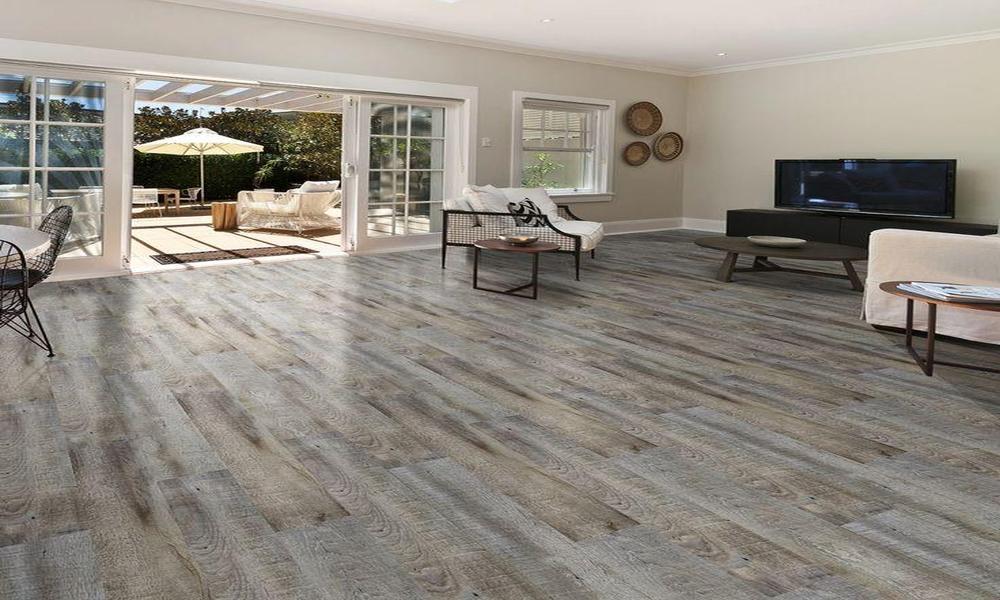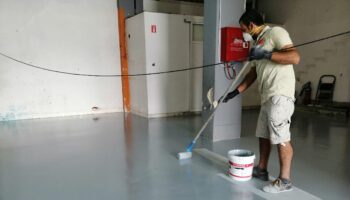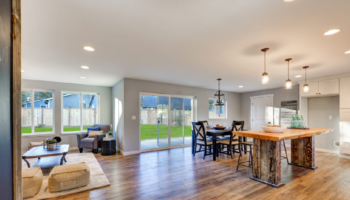LVT, or Luxury Vinyl Tile, is a type of resilient flooring that has gained immense popularity in recent years. LVT flooring is a synthetic product that is designed to mimic the look and feel of natural materials like wood and stone. It is an excellent choice for homeowners looking for a durable, affordable, and attractive flooring option. In this article, we will cover everything you need to know about LVT flooring.
What is LVT Flooring?
LVT flooring is made from layers of vinyl that are compressed together to create a durable and waterproof flooring material. The top layer of the flooring is printed with a high-definition image of natural materials like wood or stone, giving it a realistic appearance. LVT flooring is available in a wide range of styles, colors, and patterns, making it easy to find the perfect flooring to match your home decor.
Advantages of LVT Flooring
LVT flooring offers many advantages over other types of flooring, including:
- Durability: LVT flooring is incredibly durable and can withstand heavy foot traffic, spills, and scratches. It is an excellent choice for high-traffic areas like kitchens, bathrooms, and entryways.
- Waterproof: LVT flooring is completely waterproof, making it an ideal choice for areas that are prone to moisture and spills.
- Easy to Maintain: LVT flooring is easy to clean and maintain. It can be swept or vacuumed regularly, and spills can be wiped up quickly and easily.
- Affordable: LVT flooring is an affordable flooring option, making it an excellent choice for homeowners on a budget.
- Versatile: LVT flooring is available in a wide range of styles, colors, and patterns, making it easy to find the perfect flooring to match your home decor.
Installation of LVT Flooring
LVT flooring can be installed using three different methods:
- Glue-Down: Glue-down installation involves using adhesive to attach the flooring to the subfloor. This method provides a strong and durable installation, but it can be time-consuming and messy.
- Floating: Floating installation involves laying the flooring over a foam underlayment. This method is quick and easy, but it may not be as durable as glue-down installation.
- Loose Lay: Loose lay installation involves laying the flooring without adhesive or locking mechanisms. This method is quick and easy, but it may not be as secure as other installation methods.
Maintenance of LVT Flooring
LVT flooring is easy to maintain, and regular cleaning can help keep it looking like new. Here are a few tips for maintaining your LVT flooring:
- Sweep or vacuum the flooring regularly to remove dirt and debris.
- Wipe up spills immediately to prevent stains.
- Use a damp mop and mild cleaner to clean the flooring.
- Avoid using harsh cleaners or abrasive scrubbers, as they can damage the flooring.
- Place felt pads under furniture legs to prevent scratches.
Conclusion
LVT flooring is a durable, waterproof, and affordable flooring option that offers many advantages over other types of flooring.





